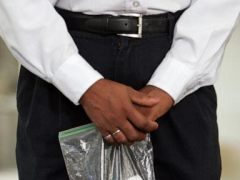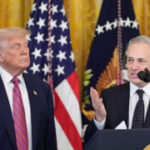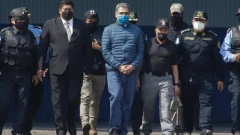Travelers celebrated the suggestion that American airports might soon ease restrictions on liquids in carry-on bags that create endless hassles at security checkpoints, but more than a third of all airports around the country still haven’t upgraded their screening systems to reliably detect liquid explosives that could bring down a plane.
It may be annoying to have to dump water and other drinks before going through security, but the challenge is to detect the difference between things like harmless hair gel and more sinister substances. The threat nearly materialized in an attack in 2006, when authorities in the United Kingdom arrested a group that was plotting to blow holes in airliners with a homemade mixture of chemicals in sports drink bottles.
Security experts remain concerned about the vulnerabilities that were exposed by that plot.
Comments this week by Homeland Security Secretary Kristi Noem got travelers excited about the prospect of one day being able to fly with more than 3 ounces of their shampoos and gels and not having to throw out the beverage they just bought.
“The liquids, I’m questioning. So that may be the next big announcement, is what size your liquids need to be,” Noem said. “We have put in place in TSA a multilayered screening process that allows us to change some of how we do security and screening so it’s still as safe.”
A Transportation Security Administration spokesperson said Noem and the agency “are constantly looking for ways to enhance security, and improve the travel experience for the public.”
Any changes will come through the same official channels that TSA used to announce this month that travelers can keep their shoes on at checkpoints. That change offers relief from a rule adopted after “shoe bomber” Richard Reid’s failed attempt to take down a flight from Paris to Miami in late 2001 with a small explosive device hidden in his footwear.
The limits on liquids were triggered by the 2006 U.K. arrests. Three ringleaders were eventually convicted.
Prosecutors told the jury in that case that authorities uncovered the plot after secretly searching the luggage of a man who was on their radar for security concerns after he returned from Pakistan and found the unusual combination of the Tang powdered soft drink and a large number of batteries, according to the BBC. That triggered the surveillance operation that eventually grew to include more than 200 officers.
Agents discovered what appeared to be a bomb factory in a London





